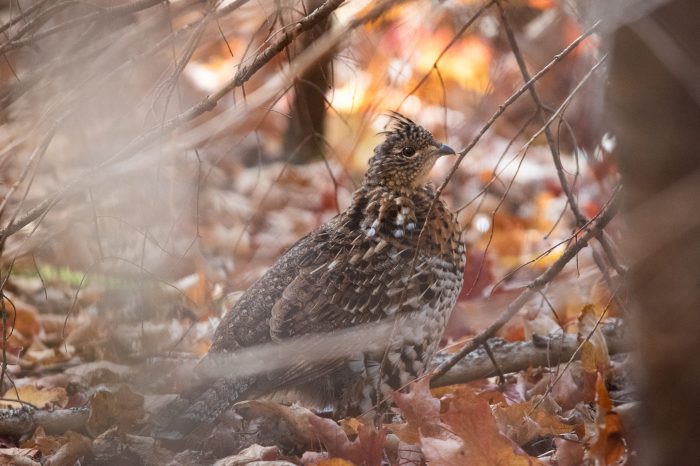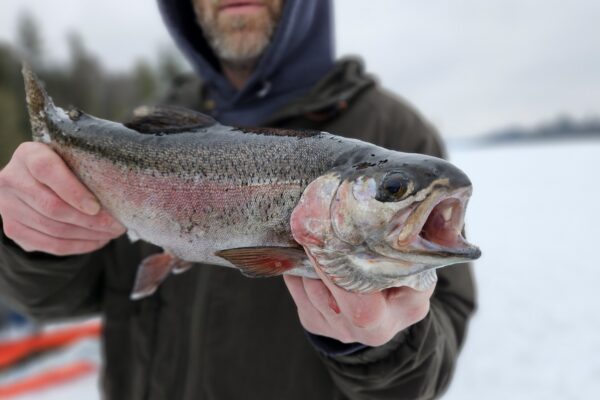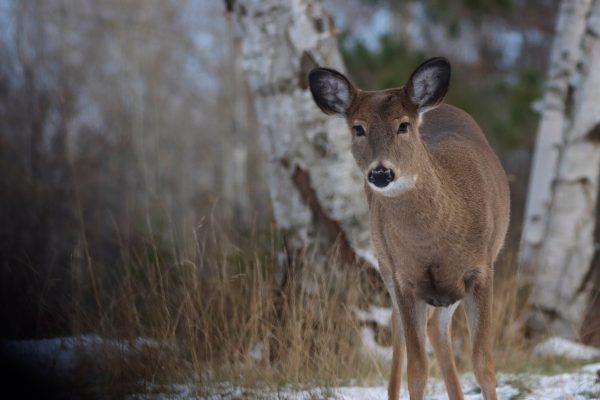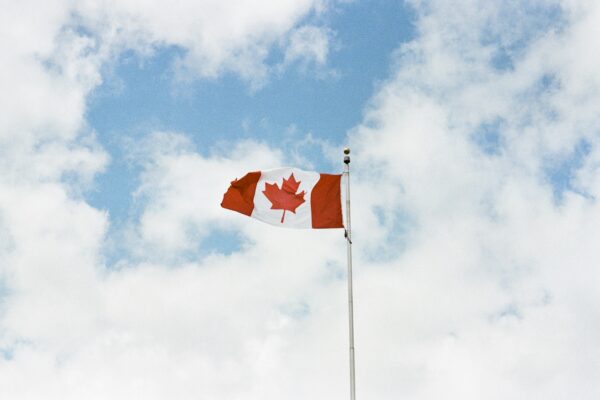Slight drop in ruffed grouse counts, but outlook remains positive for fall hunting
With ruffed grouse populations showing minimal change across Minnesota, hunters can expect to have a relatively decent season this fall.
In April and May, the Minnesota Department of Natural Resources (DNR), along with 13 cooperating organizations, conducted the annual spring drumming count to assess ruffed grouse populations. The population survey results show that ruffed grouse drums per stop were 1.8 statewide, down from 2.3 drums per stop last year. However, the DNR stated that the decrease is expected, considering spring 2024 was the highest 10-year cycle population peak for ruffed grouse since 1972.
Ruffed grouse populations are surveyed by counting the number of male ruffed grouse drums on established routes throughout the state’s forested regions. Drumming is a low sound produced by males as they beat their wings rapidly and at an increased frequency to signal the location of their territory.
While annual drumming counts help indicate population trends, nest success and chick survival are also critical factors.
“Drumming counts alone are not an accurate way to predict the birds that will be present during the fall hunting season,” said Charlotte Roy, DNR grouse project leader. “Nesting success and chick survival during the spring and summer are contributing factors that influence the number of birds present in the fall. These factors can be reduced by heavy rain during June when nests hatch and chicks are young.”
Compared to June 2024, the northeast region of Minnesota, which is the core of the ruffed grouse range, experienced a relatively drier spring, with DNR officials hopeful about chick survival and grouse numbers this fall.
“I think it should still be decent bird hunting,” said Bailey Peterson, the DNR’s Two Harbors-based assistant area wildlife manager. “I would hope to see about as many birds as we saw last fall in Cook and Lake Counties.”
Peterson said the rain events this spring were not as “devastating as last year,” which could lead to good recruitment numbers. Throughout Lake and Cook Counties, Peterson has observed anywhere from two to eight chicks in a brood. With the amount of time she spends in the woods and the observations she has witnessed, she said she is “cautiously optimistic that hunters will be satisfied with the bird numbers going into fall.”
The 2025 ruffed grouse population survey results indicate that another factor that may have contributed to the slight reduction in drumming counts is that Minnesota received less snowfall than normal during the winter of 2024-25, which likely contributed to lower ruffed grouse numbers. Winter conditions favorable for snow roosting in the core of the ruffed grouse range help improve overwinter survival.
The DNR and its partners have conducted spring drumming count surveys for 74 years to monitor the state’s ruffed grouse breeding population. Through decades of surveys, DNR researchers have found that ruffed grouse populations tend to rise and fall in approximately a 10-year cycle, which typically ranges from 8 to 11 years.
Minnesota’s grouse hunting season begins on Sept. 13, 2025 to Jan. 4, 2026.














